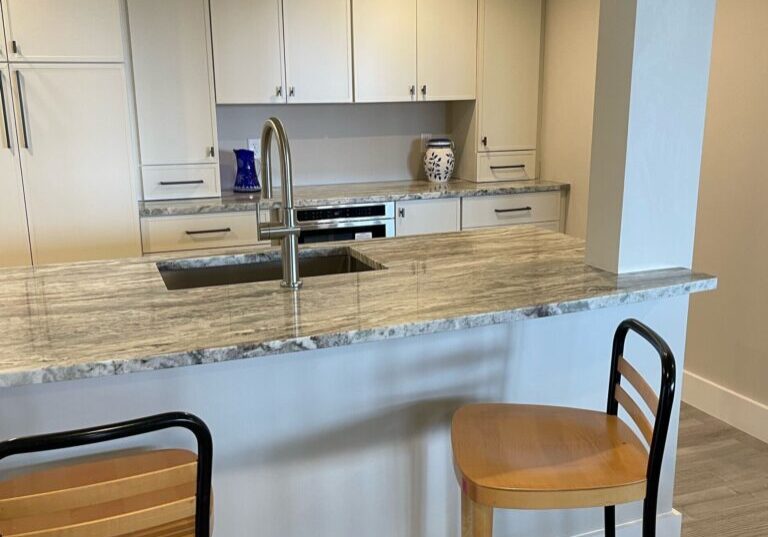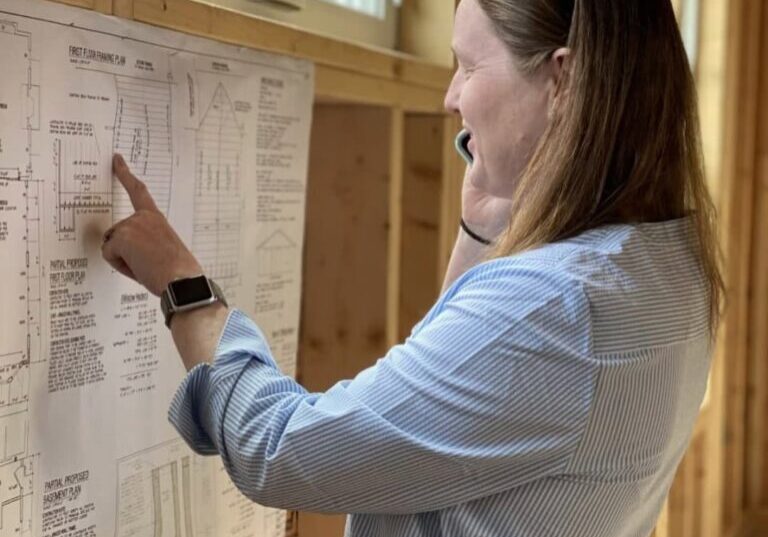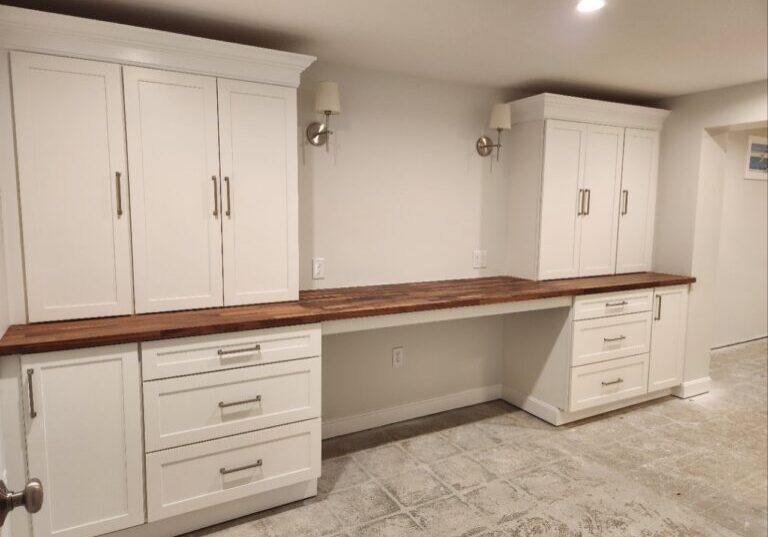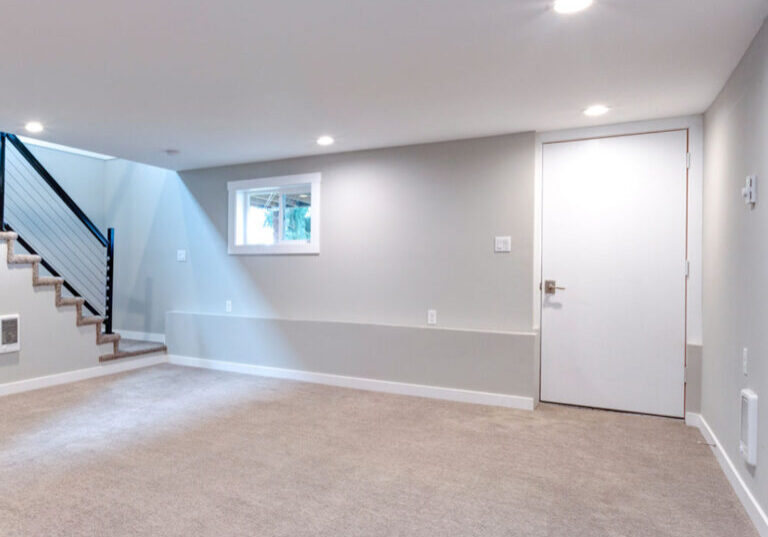What you should know about Icynene (Spray Foam) Insulation
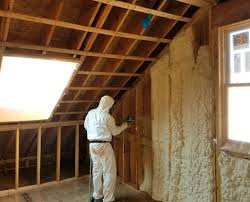
Icynene or “spray foam” insulation is a good way to increase with the R-Value (resistance to heat flow) when building an addition or new home.
Most homes in our area are traditionally insulated with either Fiberglass, or Cellulose Insulation.
The spray foam is a “continuous insulation and air seal plastic material that is sprayed on walls, roofs, into gaps and corners, and on all contoured surfaces. Spray foam can seal cracks and crevices throughout a home. Sealing cracks and gaps reduces the air exchange, or air leaks, in and out of a home.”[i]
Spray foam offers a high R-vale per inch, fills up cracks, can withstand a high heat, and help reduce moisture build up.
There are two types of Spray Foam Insulation:
Open Cell: is full of cells that are not completely encapsulated. In other words, the cells are deliberately left open making the foam a softer, more flexible material. This will typically have a lower R-Value capacity. This is good to reach all the nooks and crannies because it expands so much. And can be used to help with noise and sound proofing.
One thing to watch out for with open cell, is how close you are using it to the ocean or flood zone. We have seen cases of it getting waterlogged in a flooded area.
Closed Cell: is made up of cells that are closed. The cells are pressed together, so air and moisture are unable to get inside the foam. Because of this, closed cell foam is much more rigid and stable than open cell foam, as well as being more moisture resistant than open cell.
Typically, this will have a higher R-Value and is what we usually use during addition projects when it fits within the budget because it can cost a little more.
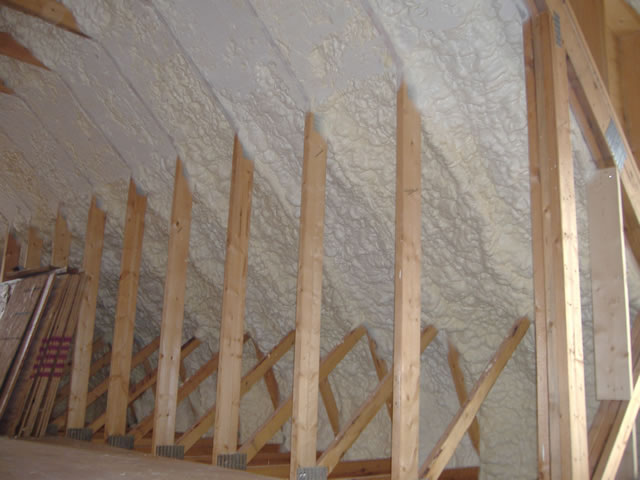
While the initial installation cost of spray foam can be higher many homeowners choose this option because over time they will see energy savings. Because the foam fills in more cracks and crevices it reduces the air change (air leaking) and by reduces the amount of temperature variations in the house and how hard your HVAC systems must work.
Icynene spray has been around since 1986 and according to Icynene[ii] both foams are safe for people and the environment. Most spray foam products are water-blown, and do not emit HFCs or HCFCs.
It is recommended that spray foam be allowed 24 hours with adequate ventilation to fully cure.
This type of insulation can cause some initial odors and when we do a large amount of it, we recommend that homeowners stay out of the work area or home for a day or two. If you are noticing a lingering odor or slight “fishy smell,” that is also fairly common as well and the Icynene website[iii] says this about it, “The cause for the smell you may notice is very small amounts of the catalyst, which has a unique scent some people can detect, in the spray foam being released. This is something which will decrease to undetectable levels within 30 days.”
************************************************************************
[i] https://www.icynene.com/en-us/homeowners/how-spray-foam-saves-money/what-is-spray-foam-insulation
[ii] https://www.icynene.com/en-us/homeowners/resources/icynene-answers#emissions
[iii] https://www.icynene.com/en-us/news/what-do-if-your-home-has-fishy-smell-after-installing-spray-foam-insulation


